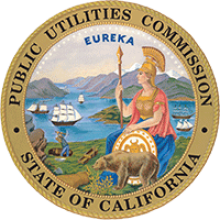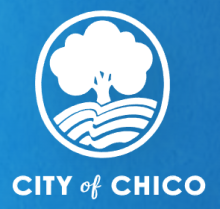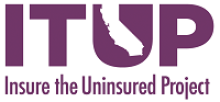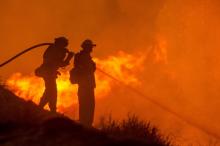California’s Annual PUC Broadband Workshop Is Next Tuesday
Next Tuesday, from 10am to 2pm PST, the California Public Utilities Commission will be hosting its annual public workshop “to facilitate collaboration among regional consortia, stakeholders, local governments, existing facility-based broadband providers and consumers regarding cost-effective strategies to reach the broadband access goal.”
The agenda will feature panels on state and federal funding, an introduction to the new California Advanced Services Fund infrastructure team to talk about mapping and the state’s line extension program, a presentation from Cruzio Internet on a pilot project it recently completed, and a conversation about rulemaking related to public housing, consortia, and broadband adoption.
ILSR’s Christopher Mitchell is joining the panel at 10:25am PST on Funding Local Broadband Networks, along with representatives from Anza Electric Cooperative, Next Century Cities, and UC Davis.
See the full agenda and join info here. Find the presentations from the event after the fact here.









